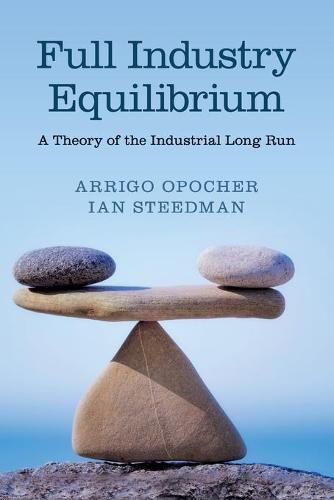Readings Newsletter
Become a Readings Member to make your shopping experience even easier.
Sign in or sign up for free!
You’re not far away from qualifying for FREE standard shipping within Australia
You’ve qualified for FREE standard shipping within Australia
The cart is loading…






This highly original book develops a systematic zero-net-profit comparative statics theory of the firm that challenges many widely held views in microeconomics. It builds a bridge between the marginalist long-run theory of the firm and Sraffian theory to create a unified theoretical framework that explains how firms react to exogenous shocks resulting in new equilibrium positions of the whole economy. The central message of the book is that too often economists expect more from the microeconomic laws of input demand and output supply than they can really give. The authors show that the zero-net-profit condition requires a more articulated analysis that sometimes yields qualitative results contrary to those of familiar economic laws. Written for academic researchers and graduate students, the book will be of particular interest to those working on the microeconomics of industry equilibrium, comparative statics and Sraffian economics.
$9.00 standard shipping within Australia
FREE standard shipping within Australia for orders over $100.00
Express & International shipping calculated at checkout
This highly original book develops a systematic zero-net-profit comparative statics theory of the firm that challenges many widely held views in microeconomics. It builds a bridge between the marginalist long-run theory of the firm and Sraffian theory to create a unified theoretical framework that explains how firms react to exogenous shocks resulting in new equilibrium positions of the whole economy. The central message of the book is that too often economists expect more from the microeconomic laws of input demand and output supply than they can really give. The authors show that the zero-net-profit condition requires a more articulated analysis that sometimes yields qualitative results contrary to those of familiar economic laws. Written for academic researchers and graduate students, the book will be of particular interest to those working on the microeconomics of industry equilibrium, comparative statics and Sraffian economics.